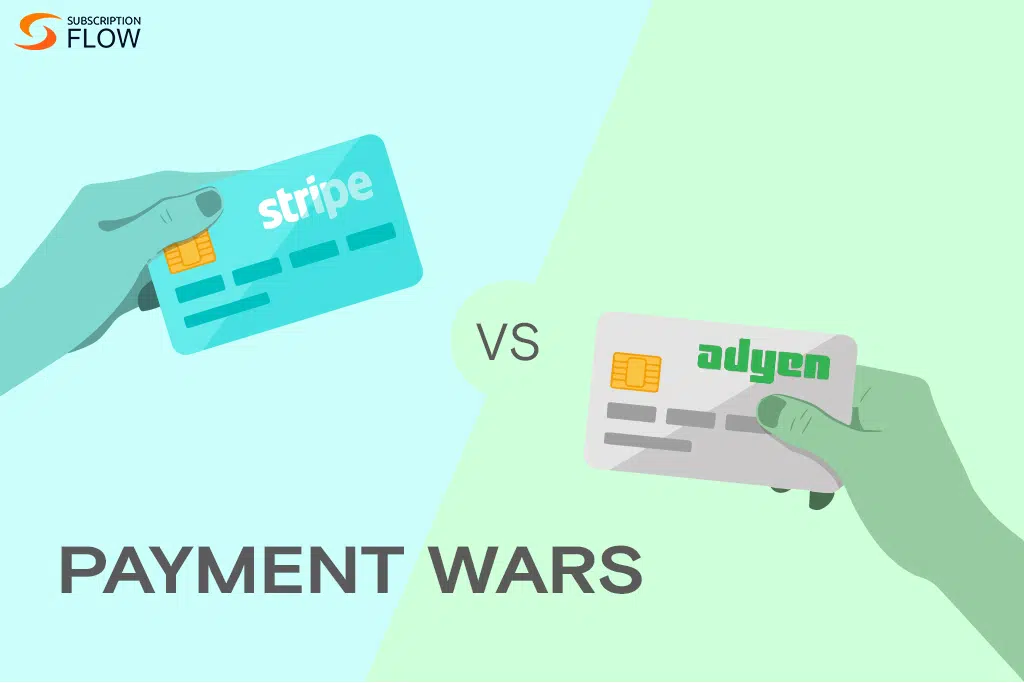
How Price Localization Can Help Expand Your Customer Base Internationally
As soon as you think about going global, you’ll realize that your competitors that have already taken the initiative are doing something really different – pricing their products differently.
This is especially true for SaaS vendors who look up to giants like Netflix charging USD 20.33 to its German users and USD 19.99 to its American users for its premium packages. The same company, then prices its premium package to just USD 8.50 for Asian countries, making newcomers in the global market wonder why the streaming giant would do something like this.
In a nutshell, this pricing strategy is what we refer to as price localization and by customizing their payment management systems to streamline this, companies like Netflix and several others have been able to witness a growth of almost 30% in their business revenue. Here’s how:
What is Price Localization?
Price localization has different types but it primarily refers to the idea of pricing your product or service differently in every market region. Though it may seem like randomly convenient practices, there are many factors at play that help you decide how to price your product in any given region.
For example, willingness to pay, presence or saturation of market competition, identification of different buyer personas, your organization’s growth, etc. are important factors that can influence your pricing strategy.
Read More: Artificial Intelligence Is Innovating the Drive For Business Process Optimization
Here are the two types of price localization strategies most companies follow depending upon the state of global expansion the organization is in:
Types of Price Localization
There are two types of price localization strategies, cosmetic and true market localization.
Cosmetic Localization
Cosmetic localization refers to the idea of changing the appearance of the pricing page to appear as if it’s designed for the local region that it’s appearing in. This could go beyond just changing the currency to USD if the pricing is being viewed in America. For example, you could change the language as per the target region and incorporate design elements that are likely to appeal to audiences of the area.
True Market Localization
Compared with the former, true market localization requires more critical analysis of the target region than just demographic interests. You take a look at possible market opportunities and actually implement changes in your product/service prices as per the circumstances.
Just as Netflix does, you can analyze factors such as the willingness to pay by a customer in the local region and price your product accordingly.
Similarly, depending upon the prices offered by your competitors, you can price your product a little lower to gain the advantage. Some companies take a step further and analyze trends in the market to come up with possible changes in features and services they provide to the users of different regions.
This can be observed in streaming services that offer different shows and movies to region-specific audiences.
Customizing packages and features that resonate with different target audiences may seem like a long process that entails several complexities that will present problems for an automated business.
However, if you opt for subscription payment services that allow you to process multiple customized recurring billing processes, you’ll be seamlessly onboarding a large variety of customers from around the world without needing to change anything else.
How Do Price Localization Strategies Help Companies?
Though many may have already guessed it, here’s a detailed overview of how pricing localization can help your company grow:
Generate Trust
It’s no secret that customers are more likely to trust a brand that is advertising in their local language and offering the same currency as their country of residence. Not that a user isn’t active enough to check the exchange rate, it’s been observed that users just don’t trust brands that aren’t being colloquially relevant, even if they’re locally based.
For example, a local eLearning business might not generate that much audience interest in Egypt if it presents its prices in USD and its content in English. However, an international competitor catering to these small details is more than likely to appeal to customers and the conversion rates will speak for themselves. Suffice it to say, you need to localize your brand if you want to generate trust within the audience.
Make it Easier to Buy
Companies that ask their users to input even just one extra field of data have experienced reduction in sign-up rates when compared with others who asked the minimum information. This proves that users are not going to take the extra step, even if it means Googling the exchange rate for the prices or translating your content to their native language.
And if you’re an organization who wants to onboard customers and increase LTV, the last thing you want is for a user fitting the buyer persona to go away just because they got annoyed at the buying process.
Witness rapid increase in conversion rates by localizing your pricing and features that can be curated to appear in packages that are likely to appeal to buyers of the region.
Read More: How Automated Recurring Invoicing Management Empowers Global Subscription Market
More Market Opportunities
As discussed above, the existing market of the region will affect your pricing strategy the most. This is because the availability of alternatives will automatically compel you to drive your prices down in order to get a bigger market share than your competition.
Since previously settled companies may have already garnered reputation and trust, the only way you can set yourself apart from the others is if you offer everything at a lower price.
Alternatively, if there is nobody else in the market or if you’re offering the best features and packages required by all, you can drive the prices higher because buyers won’t have anything else to consider. However, make sure that you’re not driving the price too low and leave cash on the table or too high, risking becoming unaffordable for the buyers.
How to Localize Pricing for Your Business
Firstly, you need to switch to a payment management system that incorporates all of the payment gateways that your audiences around the world are likely to use. This system should also be able to offer you the ability to customize and automate multiple recurring billing processes at the same time.
Secondly, analyze the local markets (existing competition, audience interest, willingness to pay, taxation and payment gateways) as well as your organization’s global growth, i.e., if you’re just moving abroad, you can use cosmetic localization and if you’ve already gone international, it’s late and you should already be switching to true market localization.
Thirdly, once you have the average cost you’re accruing for the service/product you’re offering, design pricing and landing pages for various regions separately, preferably using localized language, pricing and design elements.
Getting Started
To maximize revenue monetization, there is a dire need to localize your pricing and to do this, you need a subscription management software that offers smart integrations and access to global payment gateways while allowing you to customize recurring billing processes and automate all your business operations. Or to put it simply, you need SubscriptionFlow. So, call us now and we’ll help you reach the world!










